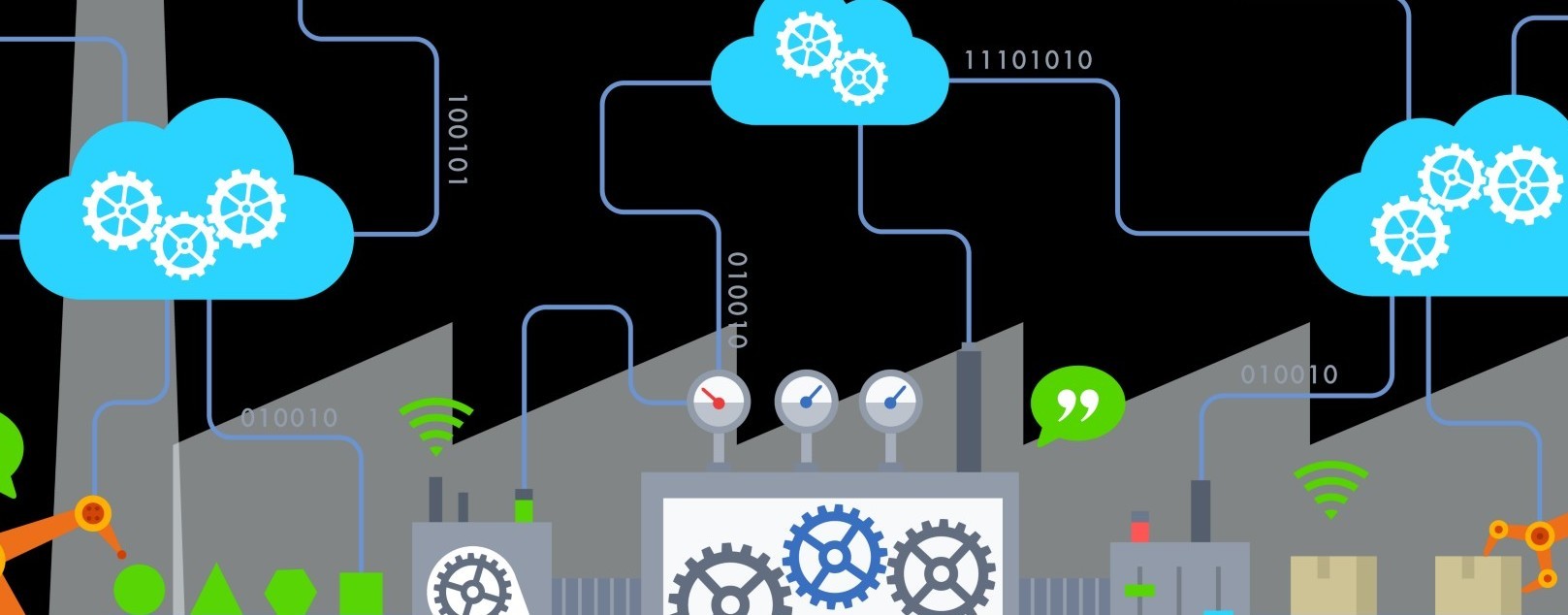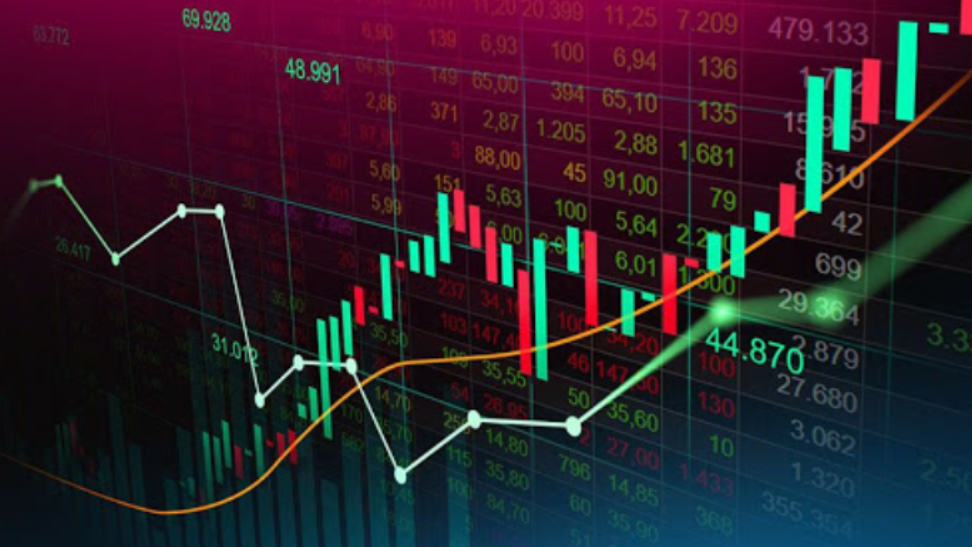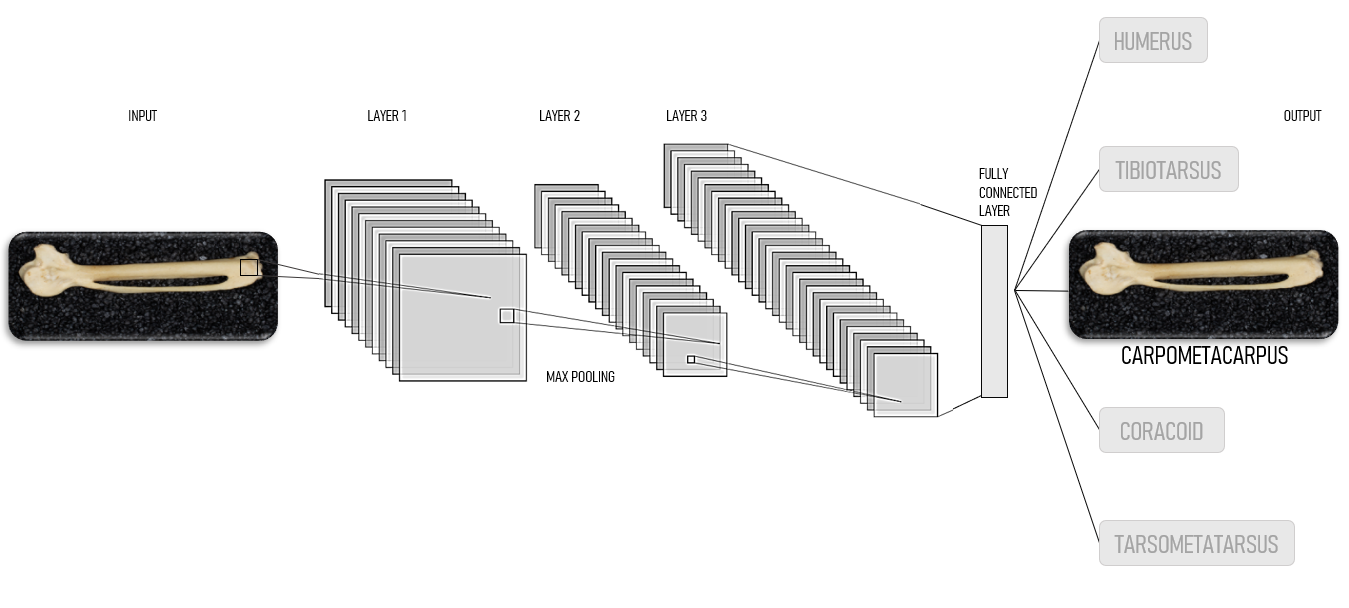Imagine for a moment about the possibility of integrating the production procedures of goods and services with digital technologies, to such an extent as to create productive, commercial or logistic hybrid systems able to create, manage, interpret and then enhance a large and precious amount of data. Sensorization of machinery and production processes, integration of the physical part of processes with the information systems, monitoring of consumers / users behavior, integration of social networks as channels of communication, geolocation and tracking of goods, registration of economic transactions. These are all tools allowing for the physical part of the machines, raw materials, semi-finished and finished products to be connected with their “digital dual”. In this way the data obtained are interpreted and transformed into information capable of improving, just to give some examples, the management of warehouses, the production or internal handling of the goods. These are the immense possibilities given by the fourth industrial revolution. This is Industry 4.0!
The results? Ranging from the increase of productivity and efficiency of the plants to the complete traceability of the products, from personalized marketing strategies to the monitoring of production processes, from the reduction of inventory costs to the predictive maintenance of the machinery. Entrepreneurs and managers will have access to valuable information, in order to take decisions based on data and evidence rather than on subjective assumptions or opinions. Data-driven is the key word. In this context the needs of individual customers can be met even in mass production and changes can be made along the way. Moreover, it is possible to respond flexibly to production interruptions and breakdowns.
The first key element of the industry 4.0 paradigm is the possibility, given by today’s technologies, to embed processing capacity, autonomy and automation in all phases of the production processes. This all come about through industrial sensors, pervasive and mobile ICT technologies centered on the Internet of Things (IoT or Internet of Things), namely a global system characterized by pervasive connectivity enabling interaction and cooperation between increasingly “intelligent objects” . We can therefore make products and machinery, machinery, machines and users interact, using traditional computers and mobile devices such as smartphones and tablets.
The second key element of Industry 4.0 paradigm is the processing of data resulting from the application of these technologies, allowing to obtain invaluable information in real time. Through Data Science techniques, statistical and mathematical models, algorithms and visualizations, complex data are transformed into results meaningful to every aspect of the business. Examples go from Deep learning to natural language processing (NLP), from image recognition to Big Data applications.
Some applications?
Predict failures instead of being continuously in emergency situations, with the help of mathematical and statistical models: Predictive Maintenance.
Optimize agricultural practices by adapting them to actual field conditions, increasing efficiency and reducing environmental impact: Precision Agriculture.
By means of sensors and Wireless Sensor Networks, interaction between products and machinery through RFID and NFC, between machines and users through mobile devices, we get to the Internet of Things.
The huge amount of data produced is transformed into valuable information for the business: Big Data Analytics.





